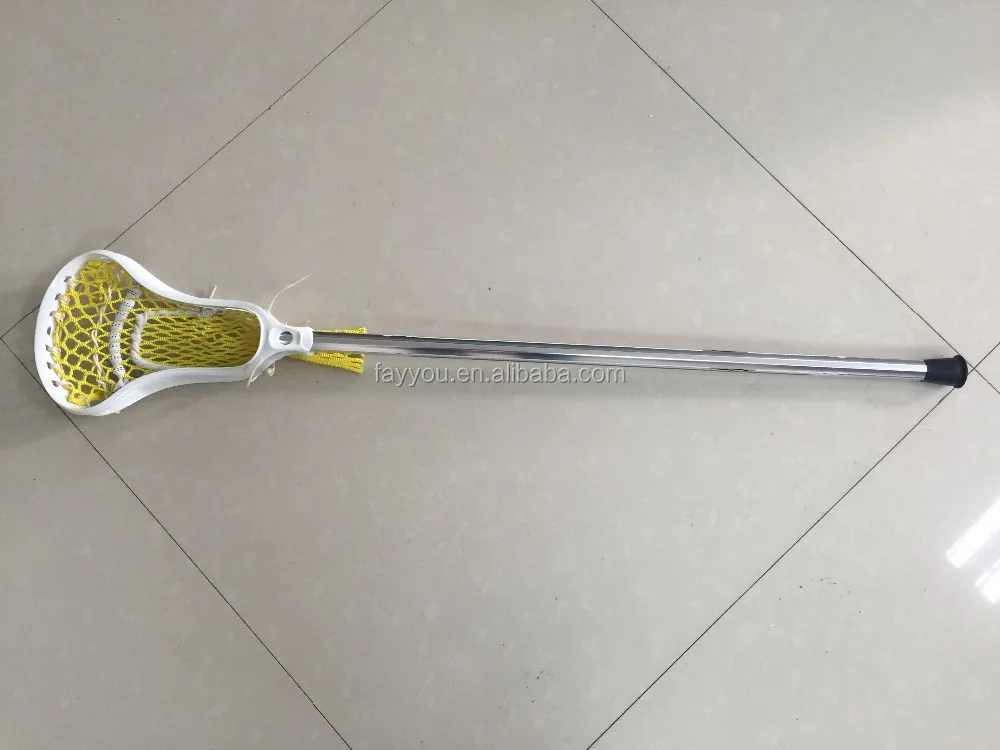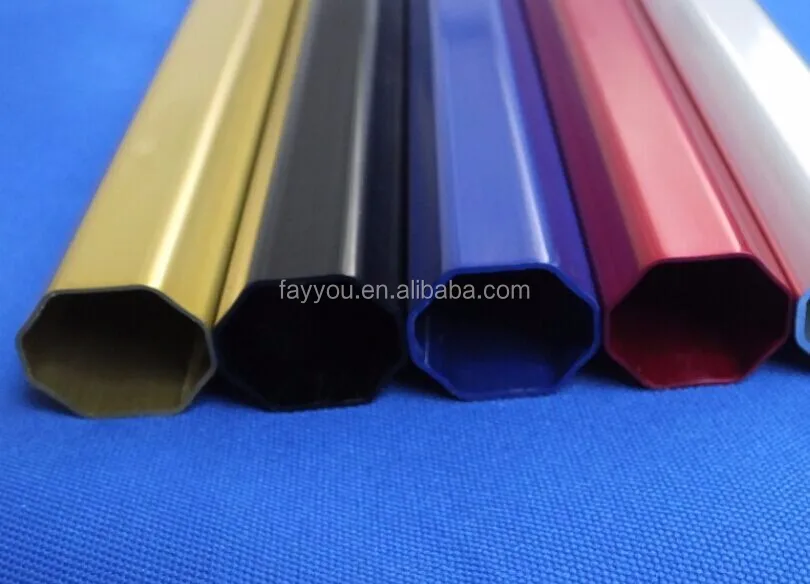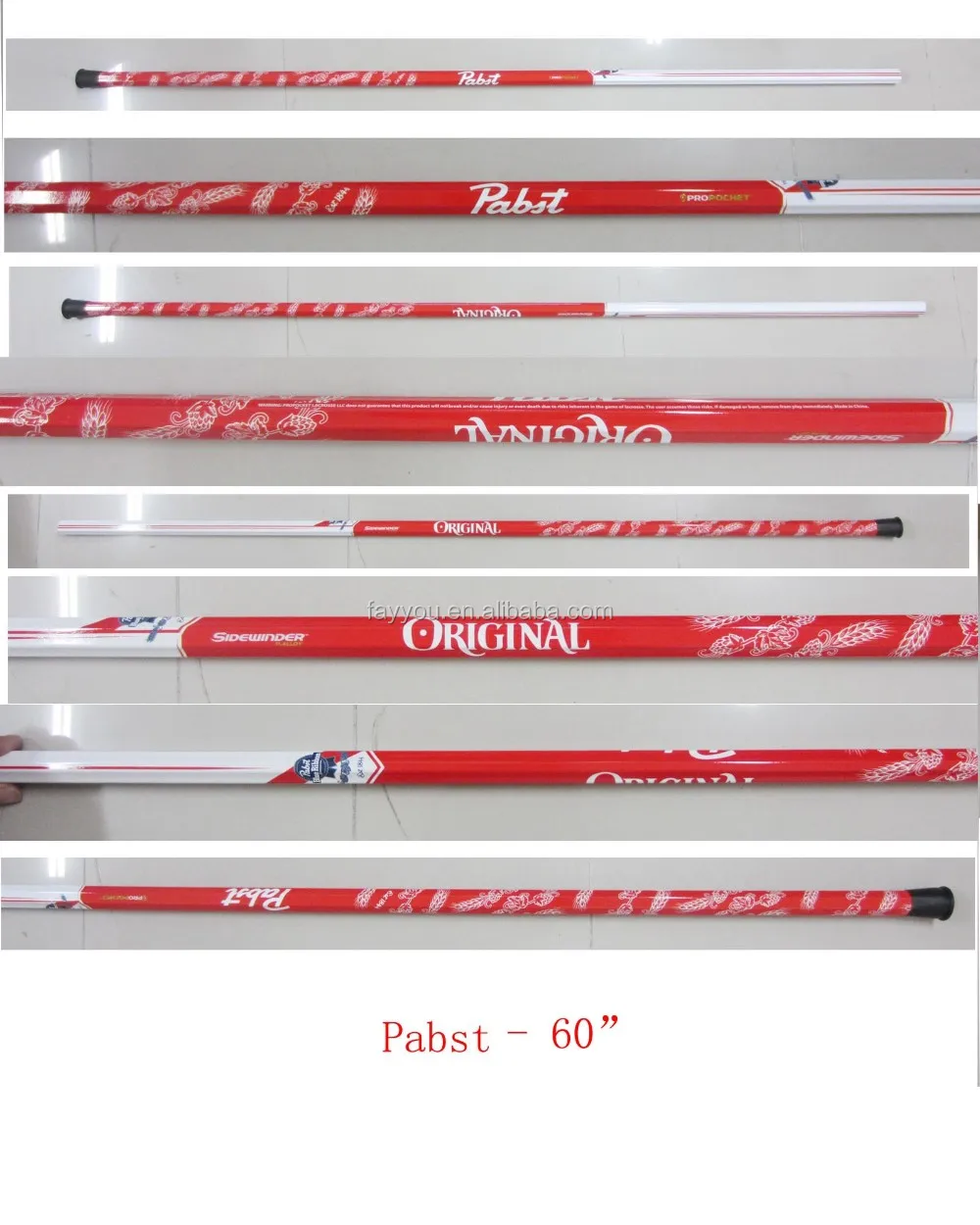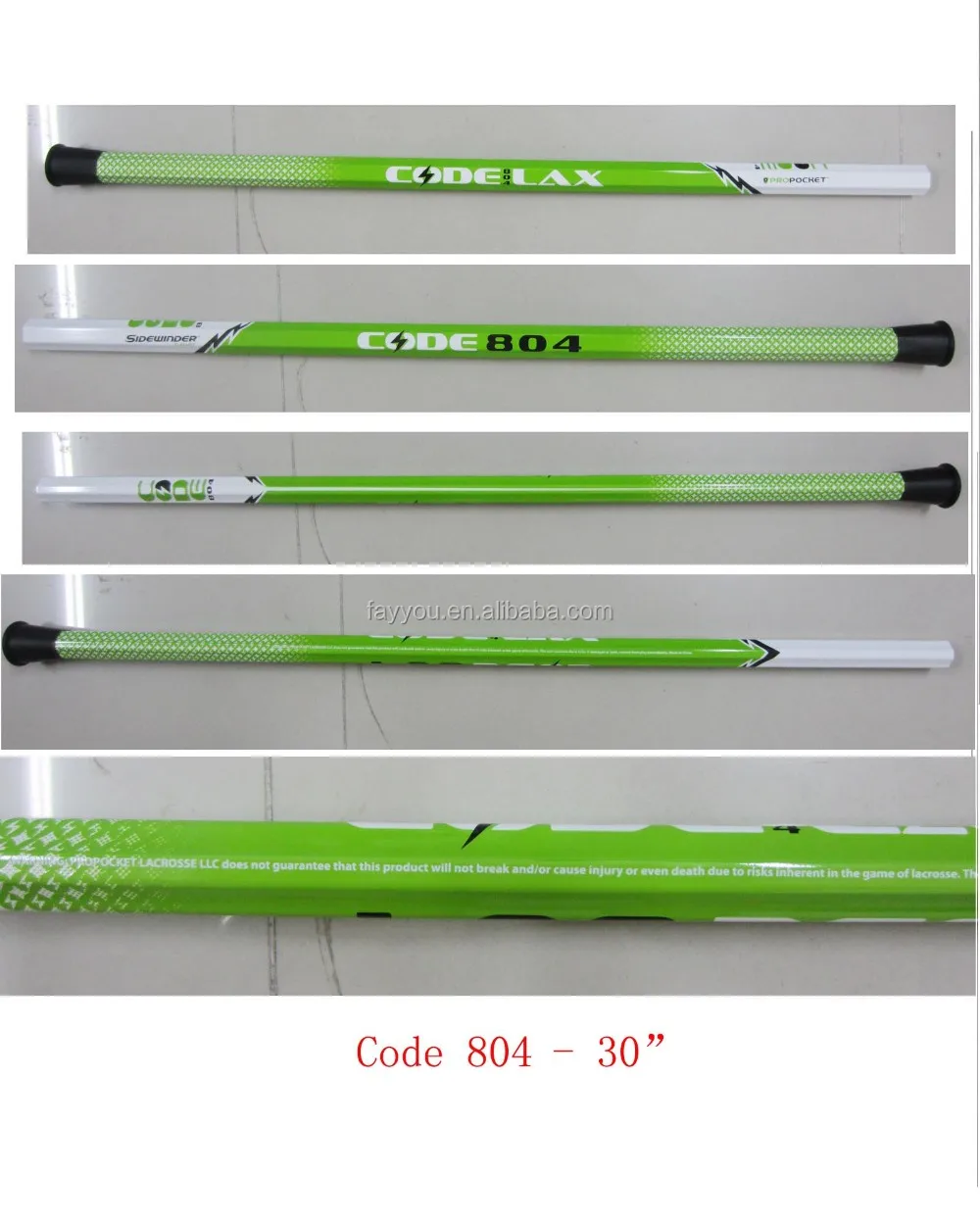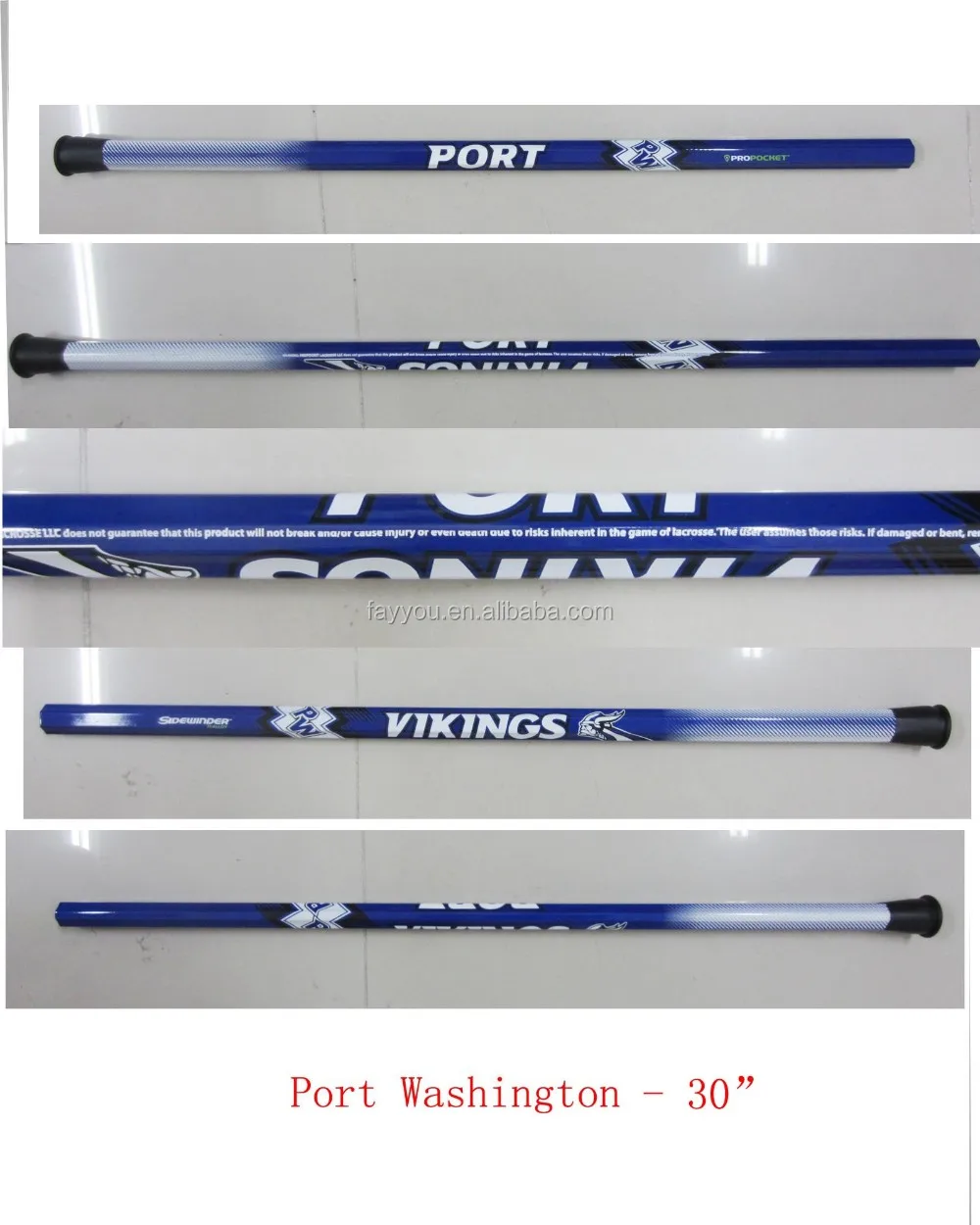Increasing the printing capacity of printing plates is a key step in reducing raw material consumption, reducing product production costs, shortening production cycles, and increasing economic efficiency. In practical work, the following methods can be used to increase the printing durability of printing plates.
1. Strictly put raw materials for printing into storage. In particular, we must ensure the purchase of high-quality paper and high-quality PS version. For example, books and periodicals 52g/m2?60g/m2 books and papers, if the procurement staff are eager to purchase inferior paper from the informal paper manufacturers, the paper's whiteness, uniformity, smoothness, finish, surface tension, sizing, etc. None of the technical indicators can meet the printing requirements. The surface of the paper is rough, paper is gray, and there are many fine grains of sand. This makes it easy to wear out the photosensitive resin film of the PS plate and reduce the printing rate of the plate. Therefore, to increase the printing rate of offset printing plates, it is necessary to start with the purchase channels of materials. Unqualified raw and auxiliary materials do not enter the factory and are not put into storage. At present, there are many brands in the printed materials market, and it is difficult to distinguish between good and bad. When printing materials purchased by companies, they should shop around to ensure quality and purchase high-quality printing materials.
2, to grasp the correct PS version exposure time. Pay special attention to the amount of exposure, do not over-exposure, so as not to affect the printing rate of the printing plate. Under normal circumstances, four-color color separation requires 3% of the small outlets not to lose the sun, 98% of the large outlets do not paste version; pattern, lines, text is clear, small graphics are not version, text is full of bright, no shortage Broken strokes, etc.
3, PS version of the developer concentration should be strictly controlled. When preparing the developer, it must be prepared in strict accordance with the manufacturer's instructions. The developer or developer, sodium hydroxide, and water should be accurately measured by measuring instruments. Do not rely on experience to prepare or dilute the developer by feeling. If the exposure during the printing process is excessive, the concentration of the alkali solution in the PS plate developer may be too high or the water temperature may be too high, which will directly reduce the printing rate of the PS plate.
4, through the baking PS plate to improve the printing plate printing rate. Nowadays, many printing companies use the roasting method to improve the printing durability of long-lived, high-volume books and newspapers, newspapers, and other products. After the PS printing, the printing plate will be cleaned, the baking solution will be wiped off, and the electricity will be turned off. Oven baking version. 1Before baking, be sure to pay attention to the blank part of the PS version of dirt, dirty spots with a revised version of the paste to clean, otherwise it is difficult to remove dirt after baking version. 2 The towel used to wipe the baking solution is not clean, or the fibers on the towel fall off on the plate of the PS plate. 3 baking temperature in the 200 ~ 220 °C, baking time is generally about 10 to 15 minutes, should not be too long, but also according to the PS version of the photosensitive resin film temperature conditions, to specify the baking time . If the baked stencil film is light brown and brownish red, like the plum color, it means that the baking version is appropriate; if the baking time is too long and the temperature is too high, it will roasted the photosensitive resin film of the PS plate. Paste or make the base soft.
5, before the print version to check the density of the film is appropriate, sulfuric acid paper above the text, lines, pattern blackness should be full, no shortage of pen strokes, large and black lines of some of the width should not be re-output, can also be Bake on the electric stove to increase the blackness. During the baking, it is necessary to prevent the wrinkles of the sulfate paper from affecting the inspiration of the printing plate. The printing volume of books, trademarks, packaging and decoration products, whether it is a film, or sulfuric acid paper, text strokes, lines as rough as possible, will be able to resist some of the corresponding. Density and darkness can not meet the requirements, can not be relocated, rework redone, in order to protect the sun out of the PS version of the print rate.
6, the water roller pressure on the plate should not be too large. It is best not to use a good printed version when debugging two water rollers and printing plate pressure. You can use the old PS plate to debug, so as not to damage the printing plate. At the same time the thickness of the liner paper in the plate cylinder should be appropriate. The pressure of the water roller on the printing plate is too large, the graphic wear of the printing plate will also increase, and the printing rate will be reduced.
7. Check whether there are any wrinkles, folds, paper scraps, small pieces of paper, etc. on the back sheet of the printing plate. If there is any such situation, the lower printing plate should be disassembled, and the backing paper should be made plain.
8. When the printing plate is retouched after printing on the machine, the residual correction paste is inadvertently coated on the photosensitive resin film of the PS plate and text part, which functions as a thinning film and also affects the printing resistance of the PS plate. rate. In addition, after the upper plate is dirty, it is often wiped with a damp cloth to wipe dirt. However, do not apply too much force when rubbing the plate with the wetting powder. Do not use too much time for the rubbing. Otherwise, the photosensitive resin film of the plate will not be printed after being thinned.
9. Use less pressure when printing. After the plate is mounted on the plate cylinder, the pressure between the plate cylinder and the blanket cylinder should not be too large. The thickness of the PS plate and the lining paper should not exceed 0.65mm, and the thickness of the blanket plus the lining should not exceed 3.25 to 3.40mm. (measured with a micrometer). Compaction and compaction are required during loading to prevent relative slippage during the operation of the offset press. In addition, the pressure between the ink roller, the water roller, and the plate cylinder of the offset press is accurately adjusted and controlled to avoid direct wear of the plate.
10. Strictly control the ink-water balance in the printing process. Pay attention to the thickness of the ink layer to prevent the ink from spreading to the blank portion of the plate. If the ink is too thick, the fine particles of ink, binder, and rubber in the ink will increase the friction of the printing plate, and it will also accelerate the wear of the printing plate. To maintain normal water supply, in the blank part of the printing plate does not stick ink under the premise of using the smallest amount of water to wet the layout, in order to reduce the paper deformation, ink emulsification, overprinting is not allowed, such as ink dilute. If the layout is too watery, combined with the weak acidic water hopper (used for cleaning the oil), it will also corrode the printing plate. Keeping ink and water balance, but also to avoid the phenomenon of dirty, floral and off-type due to improper ink.
11, to prevent the surface of the plate oxidation. When the offset press is stopped midway or at lunchtime, it must be rubbed with gum arabic to prevent the printing plate from being exposed to the air for a long time, resulting in oxidation of the printing plate and reducing the printing rate of the printing plate.
12, to prevent debris and layout wear. Also note that double sheets, multiple sheets, and other debris are not allowed to crush the plate during the transport of paper.

